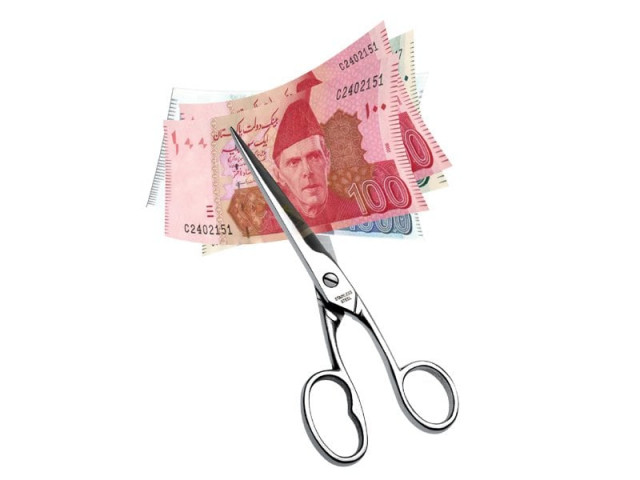The debt trap
The real answer lies in austerity, in cost-cutting. Not by the average Pakistani but by the government.

The real answer lies in austerity, in cost-cutting. Not by the average Pakistani but by the government.
But a loan acquired to pay off another loan makes much less financial sense and is also very risky. It is also important to gauge an economy’s ability to pay back debt. The risk increases if the ability of the economy in question to pay back the loan is also in doubt. If that is the case, then the economy is at risk of slipping into a debt trap.
In its annual report released on January 30, the State Bank of Pakistan has warned that the fiscal deficit of 8.5 per cent last year (FY-12) is not sustainable and could push the country towards a debt trap as the public debt-to-GDP ratio has reached 62.6 per cent.
The report rejected the government’s expectations for higher economic growth and low fiscal deficit for the current fiscal year. Indeed, urgent measures are needed to arrest this trend and stop a further slide into the debt trap.
There is an urgent need to increase the tax base, to stop giving tax waivers and to limit non-development expenditure. This sounds like a broken record, but it is the only way.
We need to stimulate real growth in the economy while ensuring stability, security and investor-friendly policies. There should be strict checks and balances in place before approval of any further debts. In fact, while it may seem like a financial impossibility, Pakistan is courting disaster unless it plans a strategy based on acquiring no more debt from this point on.
The real answer lies in austerity, in cost-cutting. Not by the average Pakistani but by the government. The size of the government and the bureaucracy has to be reduced, the cost of that manpower has to be reduced.
Published in The Express Tribune, February 2nd, 2013.
















COMMENTS
Comments are moderated and generally will be posted if they are on-topic and not abusive.
For more information, please see our Comments FAQ